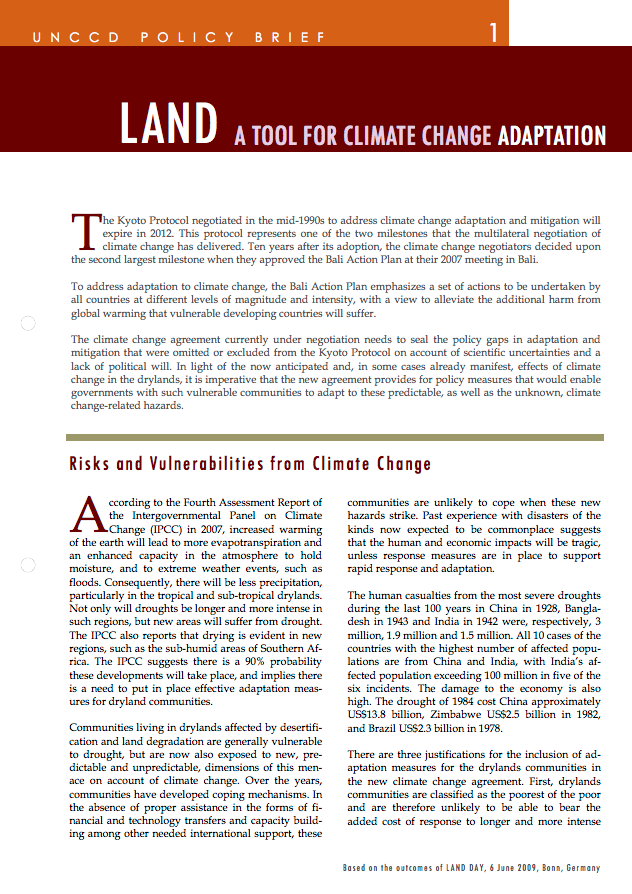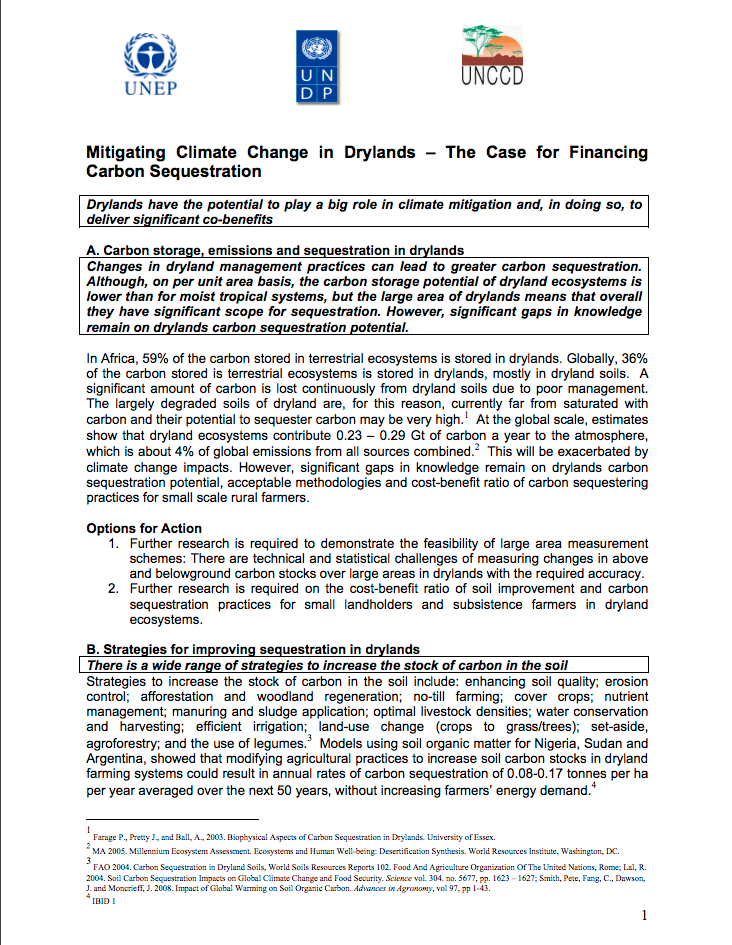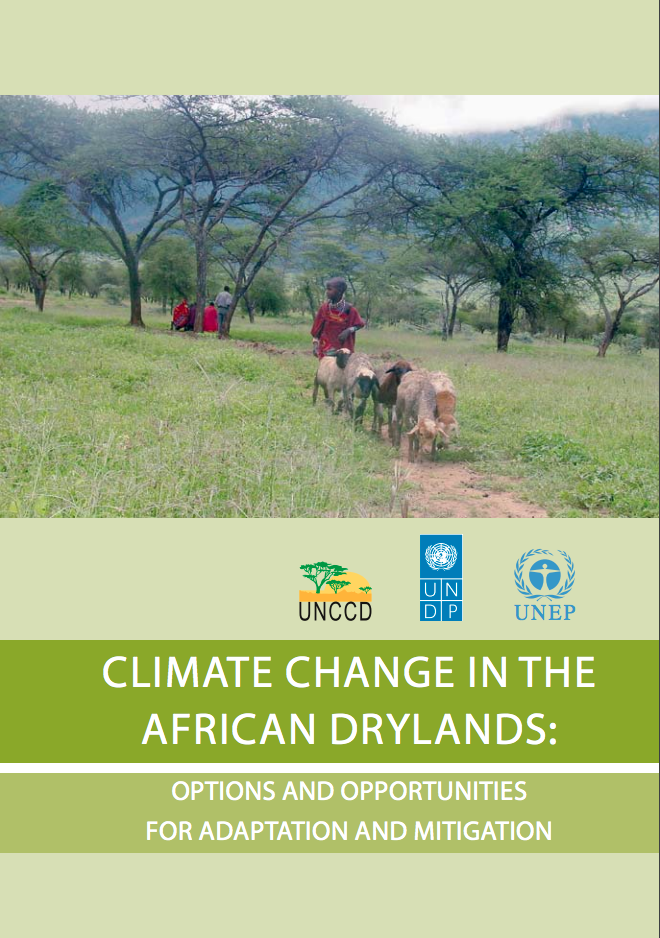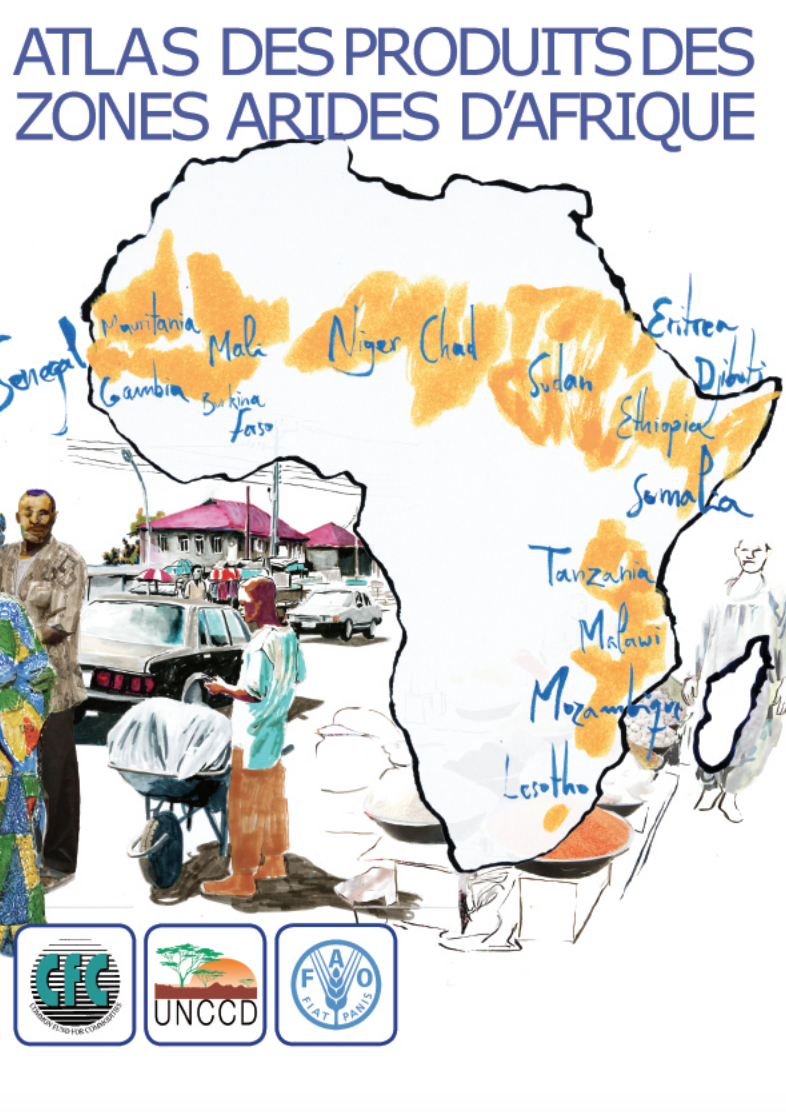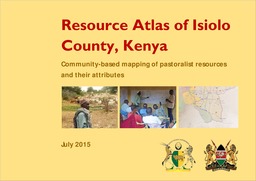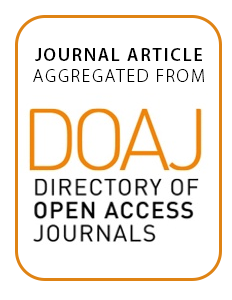Land: a tool for climate change adaptation
The Kyoto Protocol negotiated in the mid-1990s to address climate change adaptation and mitigation will expire in 2012. This protocol represents one of the two milestones that the multilateral negotiation of climate change has delivered. Ten years after its adoption, the climate change negotiators decided upon the second largest milestone when they approved the Bali Action Plan at their 2007 meeting in Bali.

